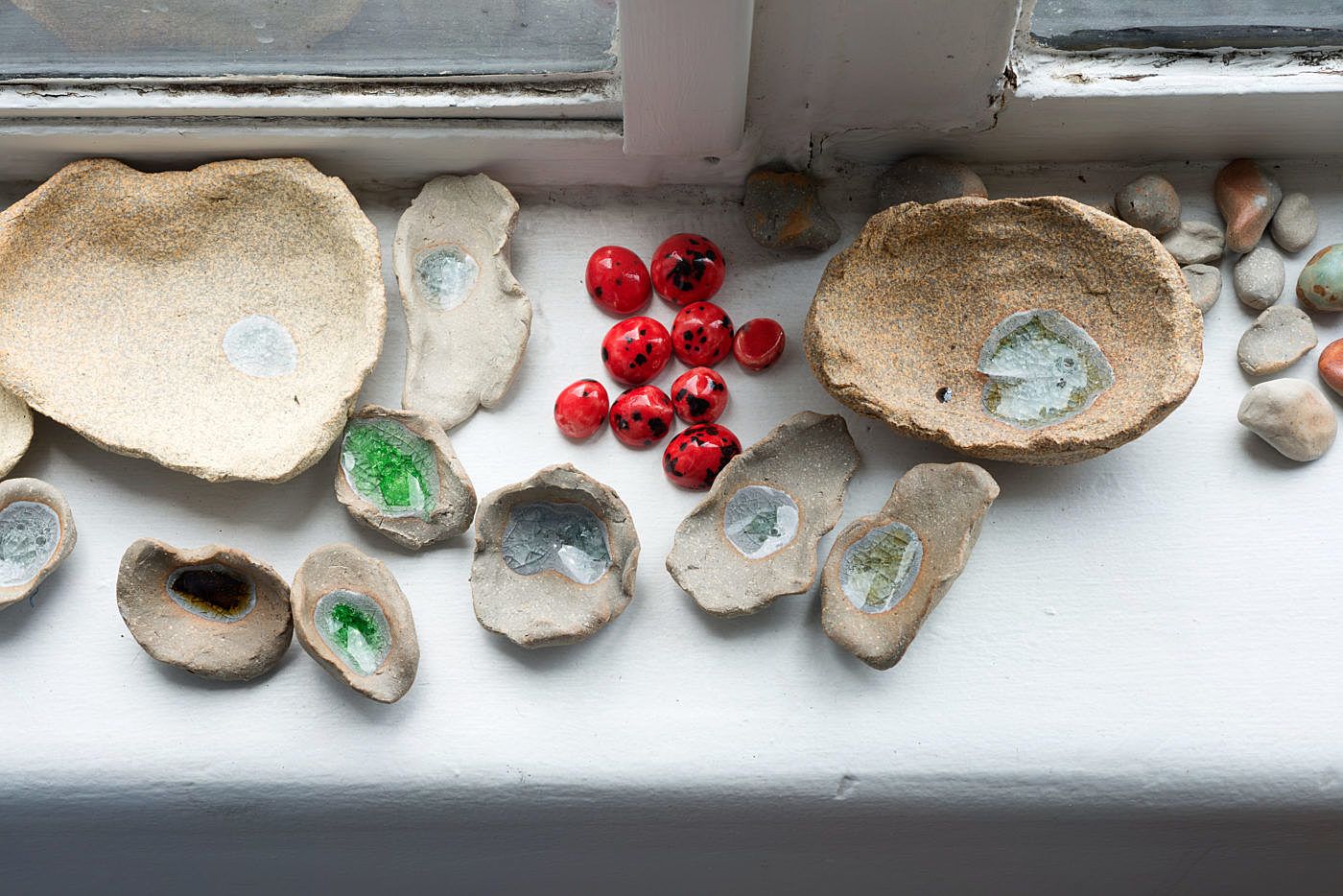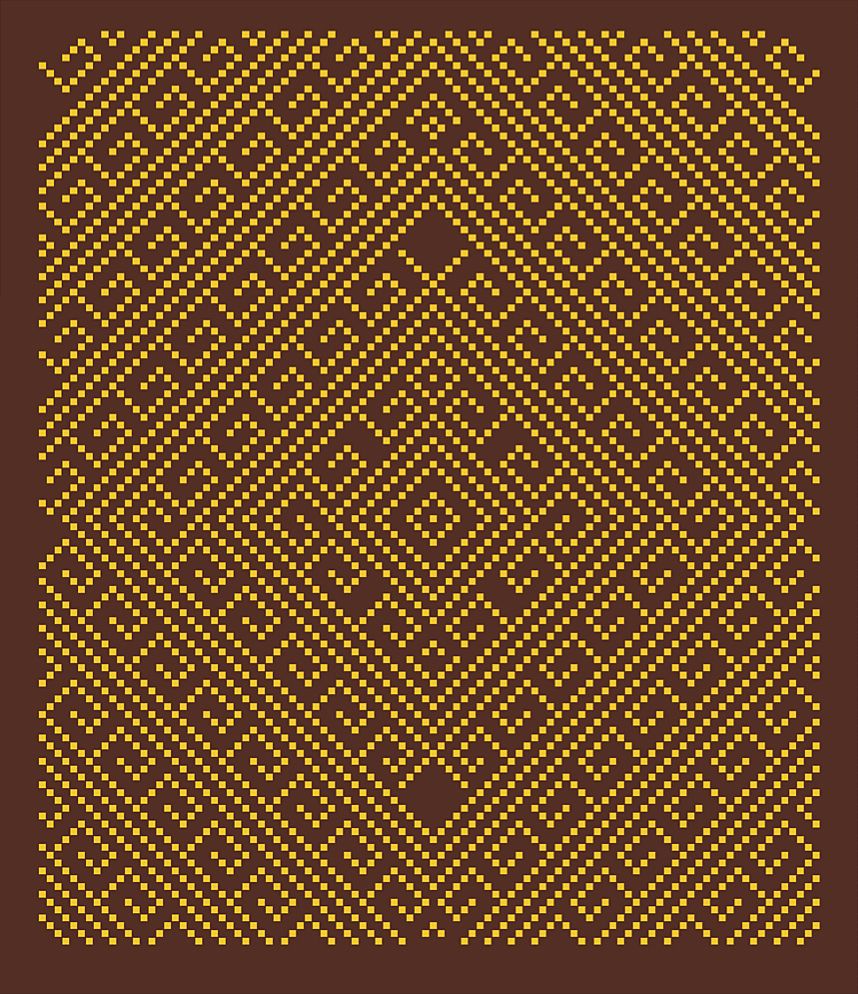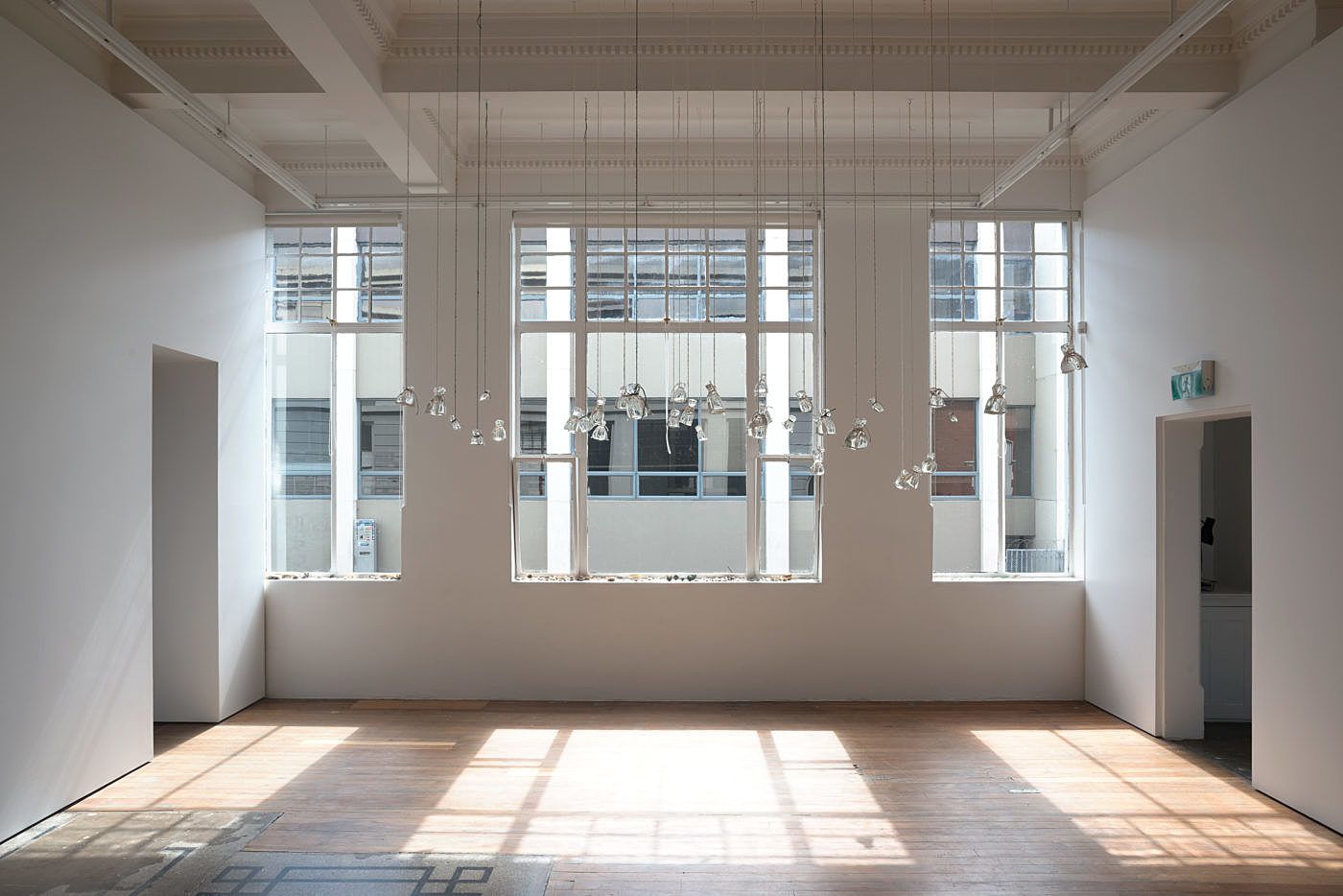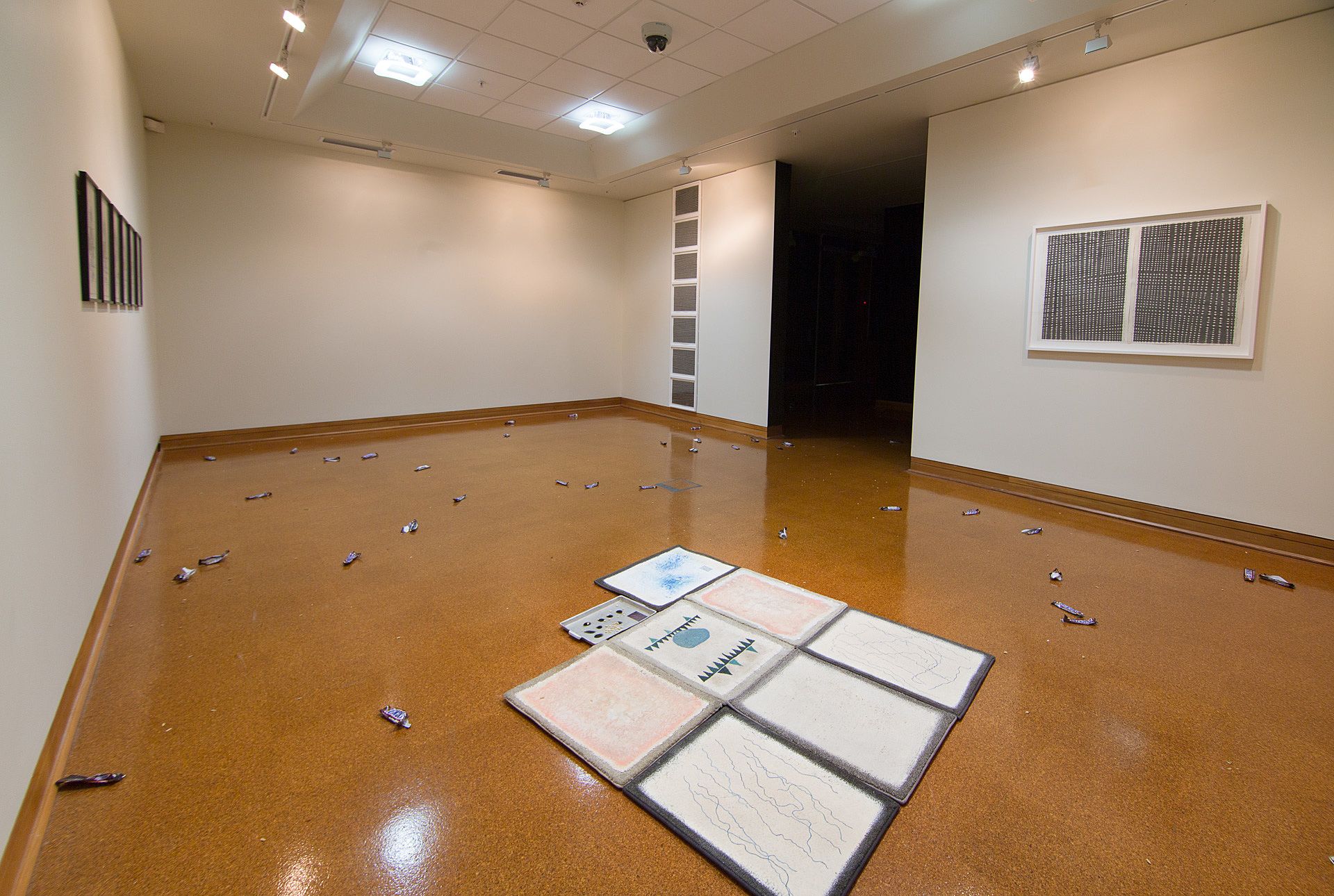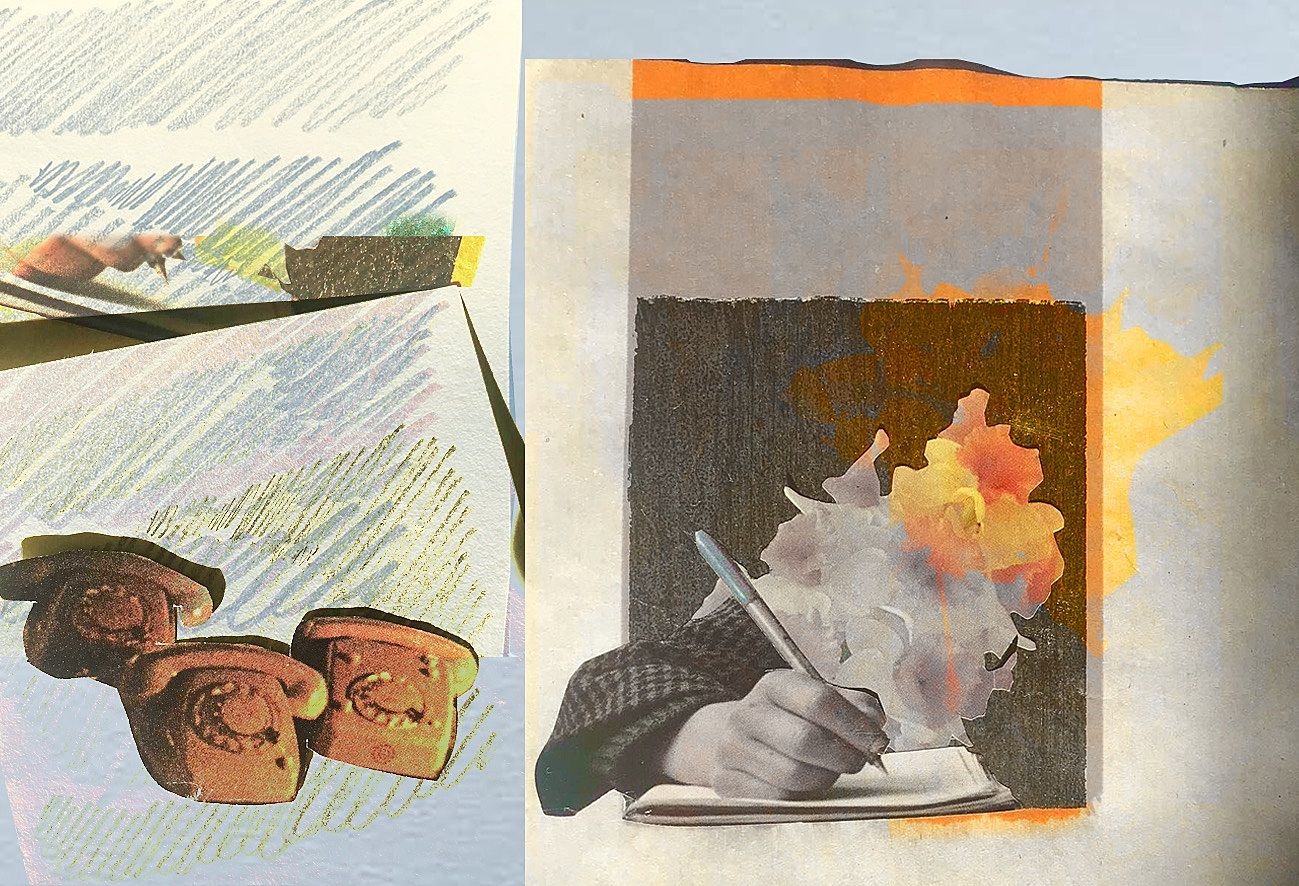The Unmissables: Four Exhibitions to see in March
A monthly round-up of notable, controversial and unmissable exhibitions in Tāmaki Makaurau and beyond.
A monthly round-up of notable, controversial and unmissable exhibitions in Tāmaki Makaurau and beyond.
Welcome to autumn! With the weather (maybe) beginning to cool down, things seem to be hotting up in our galleries. New exhibitions are opening left, right and centre – including the long-awaited unveiling of Toi Art, the new Te Papa art gallery, later this month.
Also in Te Whanga-nui-a-Tara, there’s still time to catch Aaliyah Winter’s solo exhibitionhardening at Enjoy Gallery. Close by in Lower Hutt, a new exhibition of contemporary jewellery entitled The Language of Things has opened at The Dowse – and from the looks of their Instagram, there are some particularly dazzling public programmes and special projects to be enjoyed (gold-leafed drain covers, anyone?).
Back in Tāmaki Makaurau, there are two exquisite exhibitions happening on and around Karangahape Road right now which deserve your attention: Sam Thomas’ Brass Glove at Bowerbank Ninow and Sarah Hillary’s Things to remember at Anna Miles. Both of these artists have utterly singular practices and I challenge you to find any other makers in Aotearoa today whose work comes close to either.
And finally, if you’re in the mood for some engaging discussion this Saturday afternoon, Sorawit Songsataya and Robyn Maree Pickens will be giving an artist talk at Artspace around 2pm. You may have seen Robyn’s beautiful words recently on paste-ups throughout the city, or on the Artspace Instagram feed as part of her text project non-hyphenated. Robyn also happens to be our Unmissables correspondant for Ōtepoti! Read on to hear from her and our other intrepid writers on their picks for the most unmissable exhibitions happening in Ōtepoti and Tāmaki Makaurau right now.
Have you heard of Artemisia? The question is the title of a poem by Heather McPherson (1942–2017), a feminist, activist, and proud lesbian, as well as a poet. An illuminated version of the poem hangs on the far wall at Mokopōpaki, at the core of This Joyous, Chaotic Place: He Waiata Tangi–ā–Tahu. The text refers to the Greek queen and naval commander Artemisia I of Halicarnassus, a woman in possession of power and prowess who remains under-remembered. Like the poem, the exhibition aims to counter the forgetting of women, paying homage to McPherson and those she engaged with.
Some of the figures represented in the show are comparatively well-known: Patricia Grace, for instance, Joanna Margaret Paul, and Keri Hulme, whose Booker Prize-winning novel the bone people was originally published by Spiral, a publisher that grew out of a journal founded by McPherson. Others are less familiar: McPherson herself, Allie Eagle, and Dianne Rereina Potaka-Wade, whose tāniko ‘sampler’ He Waiata Tangi-ā-Tahu (2018), based on the border of an 18th-century kaitaka, easily asserts itself within a show packed full of artistic and archival gems and curiosities.
Drawing on a profusion of material from collections both private and public (much has been mined from Te Puna Mātauranga o Aotearoa), This Joyous, Chaotic Place blasts the archive open, countering the silence of the library and the standoffishness of the vitrine. As the title suggests, the exhibition is raucous, celebratory, even as it acknowledges marginalisation, oppression, and violence. It serves to remind us of the roots of contemporary feminist movements like #metoo. We stand on the shoulders of Artemisias – and of Heathers. – Francis McWhannell
This Joyous, Chaotic Place: He Waiata Tangi-ā-Tahu
Heather McPherson and others
Mokopōpaki
1 March – 14 April 2018
Field Recordings is a collective of artists from Aotearoa New Zealand and China, working with documentary techniques to map out complex socio-economic issues that affect the urban terrain. In this latest exhibition at ST PAUL St Gallery, the collective locate themselves in the ports and riversides of Shanghai, a financial centre of the east.
The two central works of Field Recordings excavate the main thematics of the show, binding the personal narrative within the global matrix of capitalism, trade and historic progress. Zhu Weihua, a poverty stricken crane driver and the protagonist of Xiao Pudong, narrates his hopes of one day becoming a snake farmer, a perilous enterprise that offers a hope of financial security. Against Zhu’s sheepish anticipation unfurls Let the Water Flow, a five-channel video work depicting the everyday activities of barge drivers along the Chiang Jiang and Suzhou River. In one video, an unseen narrator refutes Hegel’s classification of China as closed to the possibility of seafaring and the ocean’s mythology. Instead, he posits the shipping container as the central motif of globalisation, a talisman of mobility and connectivity.
Yet so unremarkable – so heart-wretchingly common – are the stories within Field Recordings, they become but one exclamation within the hubbub of human activity that echoes around the galleries. The effects of globalisation depicted by the collective is of Shanghai as an alienated backwater, drab with environmental degradation and uncertainty, and one that dwarfs the human scale. Field Recordings is a profound and nuanced topography, at times poetic and unsettling, that raises complex questions about ethics and truth and the relentless onslaught of historical progress. – Amy Weng
Field Recordings
Guo Zixuan, Li Xiaofei, Tu Rapana Neill, Jim Speers, Clinton Watkins
ST PAUL St Gallery
23 February – 6 April 2018
Reaching shadows, endless plains. Dirt, dust, rocks, faded pinks and baby blues. This is the swirl of Marfa that exists in my memory. I am taken back there entering Michael Lett on a clear skied Saturday morning, sunlight catching in the blown-glass ‘bags’ now hanging from the gallery ceiling.
The works in Kate Newby’s latest exhibition, Swift little verbs pushing the big nouns around, came out of the artist’s residency at the Chinati Foundation in Marfa, Texas. Across the room from the glass bags and collections of handmade nails, stones and other sculpted pieces gathered on the window ledges, is a work that feels like a literal manifestation of the exhibition’s title. Rope, lasso and grass reins hang from wall to wall with small pieces shaped around them. The ropes create the action and the pieces that they are threaded through are the nouns. It is a simple and touching scene capturing big things happening quickly, maybe unexpectedly. It makes me think of Newby arriving in the tiny, desert town of Marfa, a place so filled with art history (have you read I Love Dick?), but so far from anywhere known.
The staircase is adorned with other stories from her residency, stories told with stoneware, porcelain or stacks of bronze. I feel soft and sad reading their titles: I’m glad we’ve done it just to see, All I want is a room and you up there in it, I’ll be here in the morning, Arriving in Marfa on a Sunday. There is one week left for Newby to take you to a forlorn, gently moving time in the Texan desert. – Eloise Callister-Baker
Swift little verbs pushing the big nouns around
Kate Newby
Michael Lett
7 February – 10 March 2018
She arrives at the Hocken to review Campbell Patterson’s toot floor after reading Patterson’s artist book. The act of reading Patterson’s book—which centres on the moment-to-moment activities of a female protagonist (“She”)—becomes propulsive if not compulsive. These qualities so characteristic of Patterson’s practice are in full force throughout this exhibition. From the over two hundred Snickers bar wrappers and grapefruit seeds scattered on the floor to the unique colour photocopied works fed and re-fed through the photocopier over forty times in different positions, the built-up layers of matter (oil, gesso, stones, beetroot, toilet paper) applied to carpet mats, the painstaking labour of the nine linocut works and meticulous pencil circles, toot floor is an embodiment of time and everyday materials made into formalist abstraction.
As with his video works of incidental or everyday scenes made strange through repetition, Patterson has taken situations (a leaking toilet – “toot floor”), incidental activities (scribbling, doodling while on the phone), practices (walking, eating), and the detritus formed in their aftermath (fruit packaging, Snicker wrappers, grapefruit seeds) and turned them into formalist abstraction. This isn’t arte povera or scatter art: the finished works are exquisite formal studies heavy with the accumulation of processed time. – Robyn Maree Pickens
Toot Floor
Campbell Patterson
Hocken Collections, Uare Taoka o Hākena
17 February – 14 April 2018
The Unmissables is presented in a partnership with the New Zealand Contemporary Art Trust, which covers the costs of paying our writers. We retain all editorial control.
